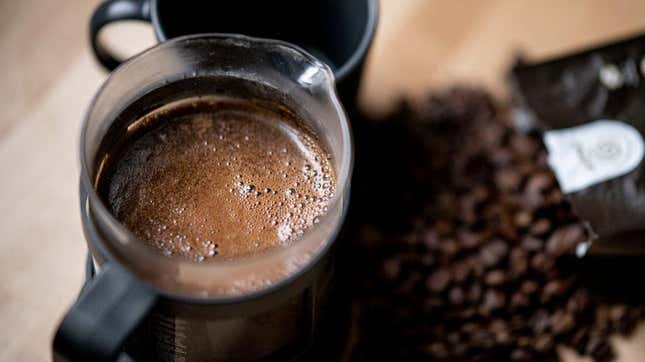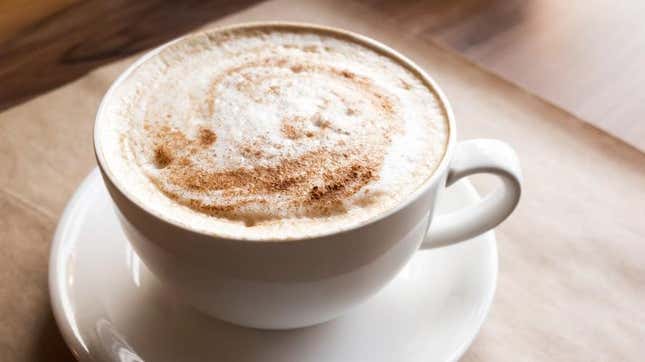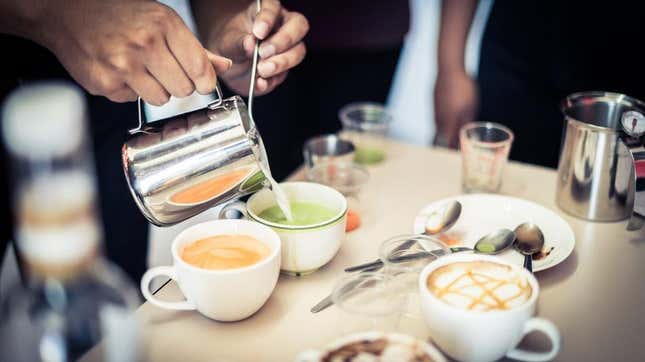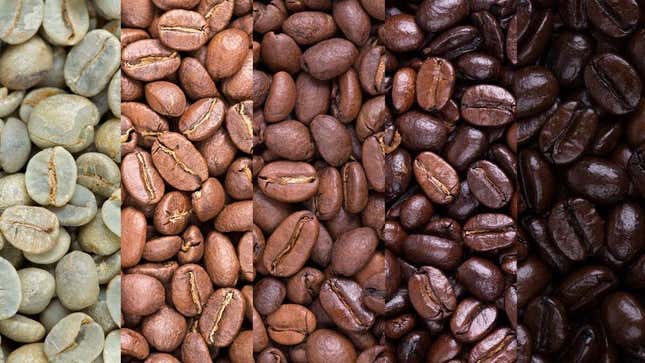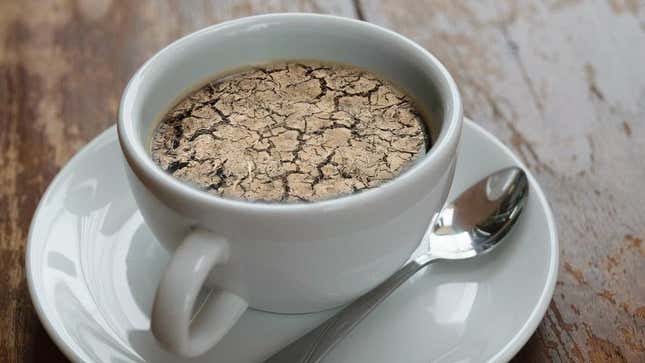
Your day is ruined before it’s even started. The culprit? A bad cup of coffee. You went into a cafe and ordered your usual, but for some reason that first sip tastes bitter, muddy, or otherwise “off.” What was supposed to get you going is now holding you back, and it doesn’t have to be this way. While just a little effort can result in a delicious cup of java, the lack thereof can create a mind-bogglingly horrid drink. Here are ten possible reasons the coffee drink you ordered tastes so grim.
